It’s hard to believe that it’s already been three weeks since I arrived in Sapporo – time has really flown by! For this first blog post, I’ve decided to reflect on my experience so far by organizing it into three categories:
Hokkaido University of Education (HUE)
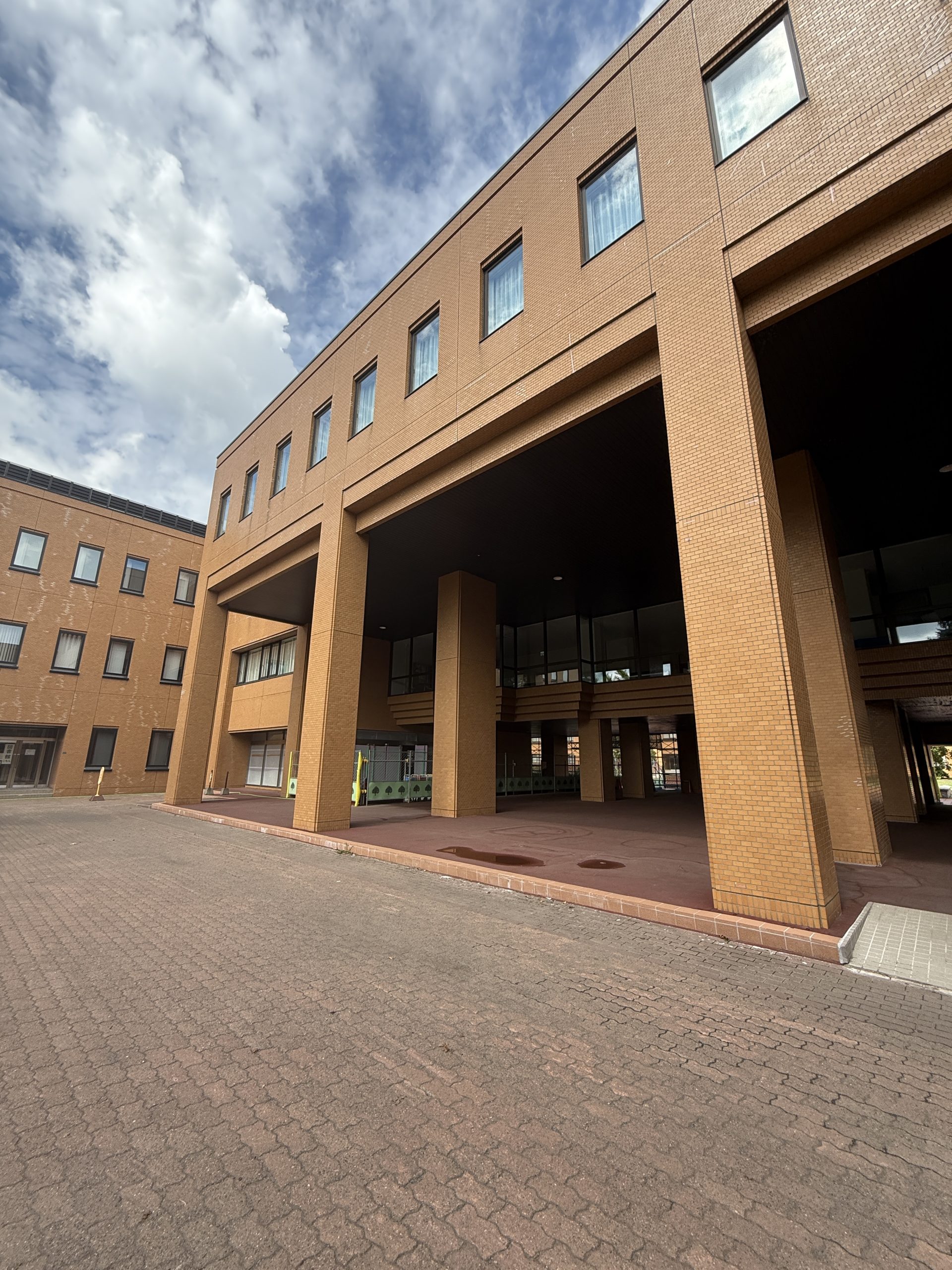
Our schedule during the first few weeks included Japanese language classes and seminars at our host university, Hokkaido University of Education, known locally as Kyokudai. We took five Japanese classes in total, each focused on essential “survival” phrases for everyday life (e.g., ordering food, telling time, and classroom language). Japanese has definitely been a challenging language to learn, especially the grammar. Fortunately, our Japanese language instructor, Mizutani-sensei, was incredibly patient and enthusiastic and really took the time to get to know us.
Alongside the language classes, we also participated in seminars led by our host country liaison, Oga-sensei. These seminars introduced us to the Japanese education system and helped prepare us for our upcoming school visits. One highlight was comparing our own schooling experiences in Canada with those in Japan. For example, we learned that Japan has a single national curriculum that all teachers follow, and it not only includes what to teach, but also how to teach the content. Despite the differences, we also found many similarities between the two systems, such as challenges with teacher shortages in rural areas and ongoing efforts to improve inclusivity and navigate AI.
School Visits
For the first three weeks, our main focus was visiting schools. We spent two days at Hoshioki Higashi Elementary School. On the first day, we worked with Grades 3 and 5, helping students practice English phrases and listening comprehension. In Grade 3, we focused on learning shapes and identifying them around the classroom. On the second day, we worked with Grade 6 students, focusing on conversation skills. The students rotated through groups, asking and answering questions with us, and we also supported a Grade 4 class learning stationery vocabulary.
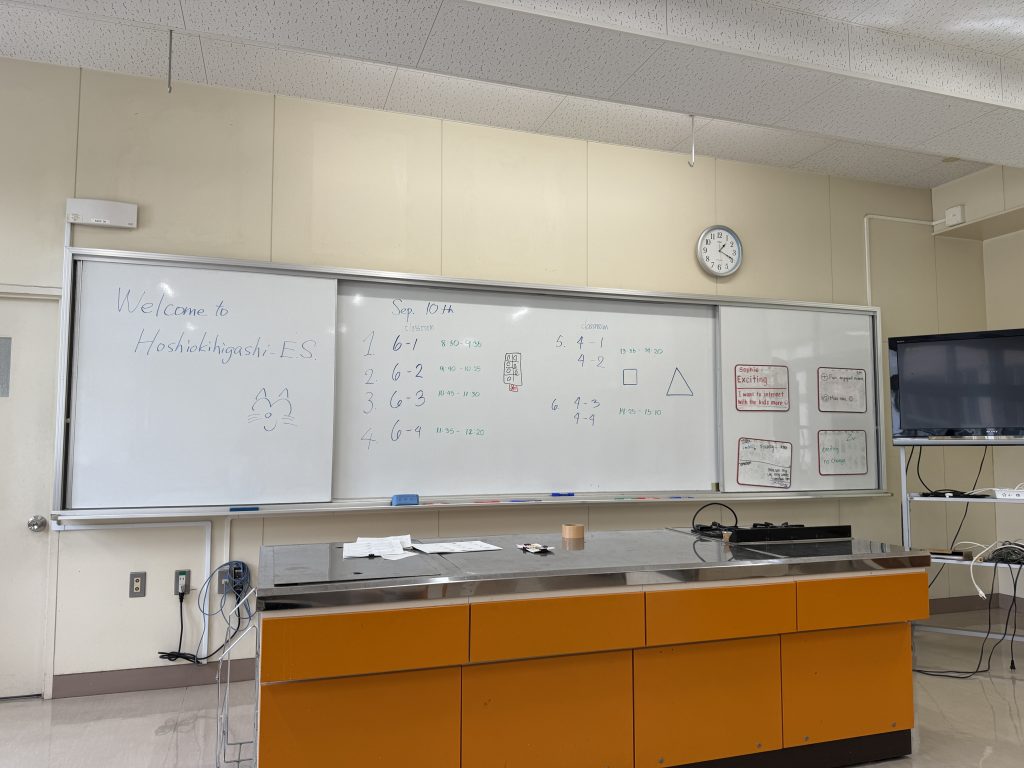
We also spent a day at Kojo Elementary School, where we worked with Grade 5 students in small groups, similar to the Grade 6 setup at Hoshioki Higashi. These sessions were focused on conversational English and building confidence.
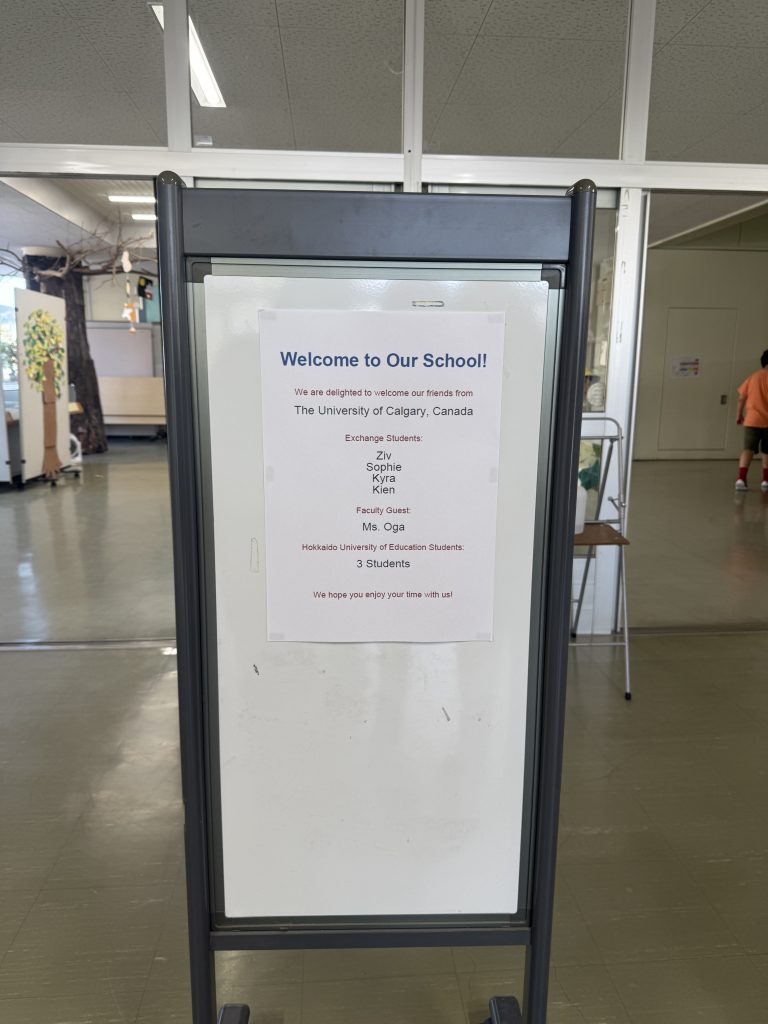
The biggest takeaway from these visits was seeing how English education in Japan differs from what I’ve experienced in both Canada and the Philippines. In Canada, there’s more emphasis on literature, while in the Philippines, grammar is often prioritized. Here in Japan, the focus (at least from what I’ve observed) is on listening and speaking skills. Some helpful techniques I’ve picked up include:
1. Modelling – demonstrating how to say a phrase clearly
2. Prompting – giving the first few words to cue students’ memory
3. Rephrasing – changing the question (e.g., from “What fruit do you like?” to “Do you like apples?”) to help understanding
Language barriers were definitely a challenge, so I often had to simplify my English and use gestures or drawings to support communication. One of the best ways I connected with the students was through shared interests. I’ve recently become a big fan of anime, especially Demon Slayer (Kimetsu no Yaiba), and mentioning it helped break the ice. Students would light up when they realized we had common interests, and it made our interactions more meaningful, even with limited language.
One thing that really surprised me during our school visits was the lunchtime routine. At these schools, lunch is provided by the school (paid for by the students’ families), and what stood out most was that the students serve the food themselves! They learn how to do this as early as Grade 1. They even weigh the portions to ensure everything is distributed equally, and no one begins eating until everyone has been served. This level of responsibility built into the school day is unlike anything I’ve seen in other school systems I’ve experienced. I thought it was such a meaningful practice that equips students with life skills. Even the teacher gets served and eats together with the students.
Travel
Outside of the classroom, we had the chance to explore Sapporo! On our first day, local university students from HUE kindly gave us a tour around the city. It was a great way to get our bearings and make new friends. Odori Park is one of the most beautiful spots I’ve visited so far, and we also checked out the Sapporo TV Tower. Trying local food has also been a highlight, like Hokkaido’s famous soup curry and soft-serve Hokkaido ice cream, which absolutely lived up to the hype!
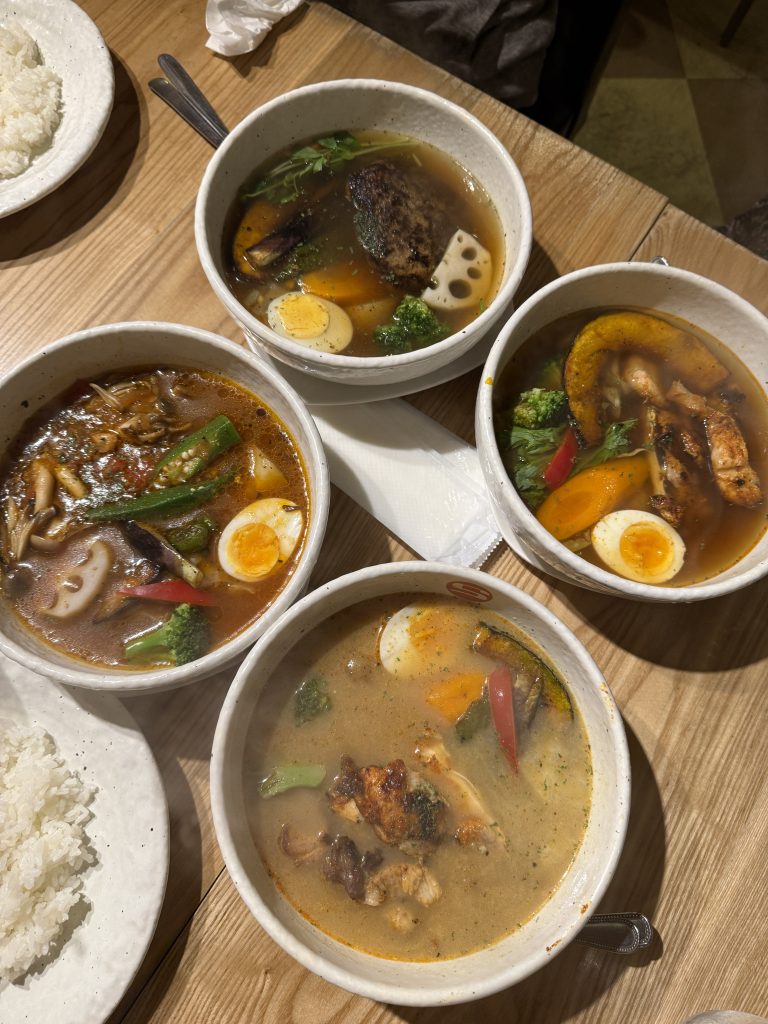
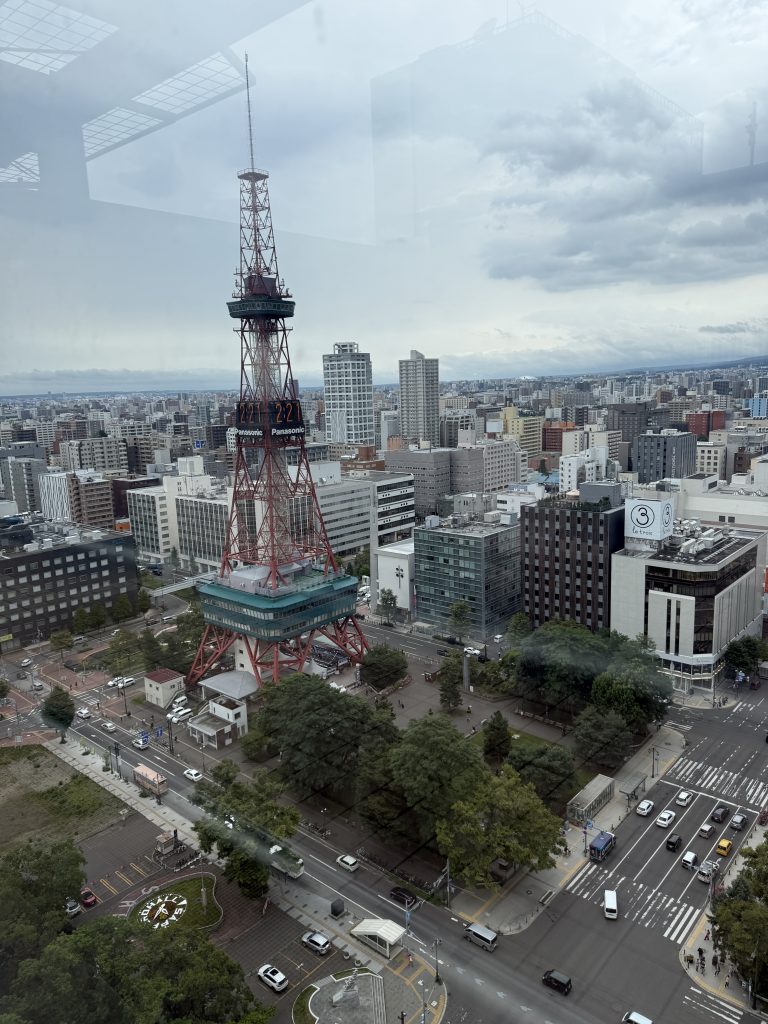
We also celebrated the birthday of one of our fellow TAB members. It was such a warm and joyful moment, and it reminded me how lucky I am to have found a little family away from home.
These past three weeks have been full of learning and connection! I am so grateful for the opportunity to be here and can’t wait to see what the coming weeks will bring!
All the best,
Sophie G.